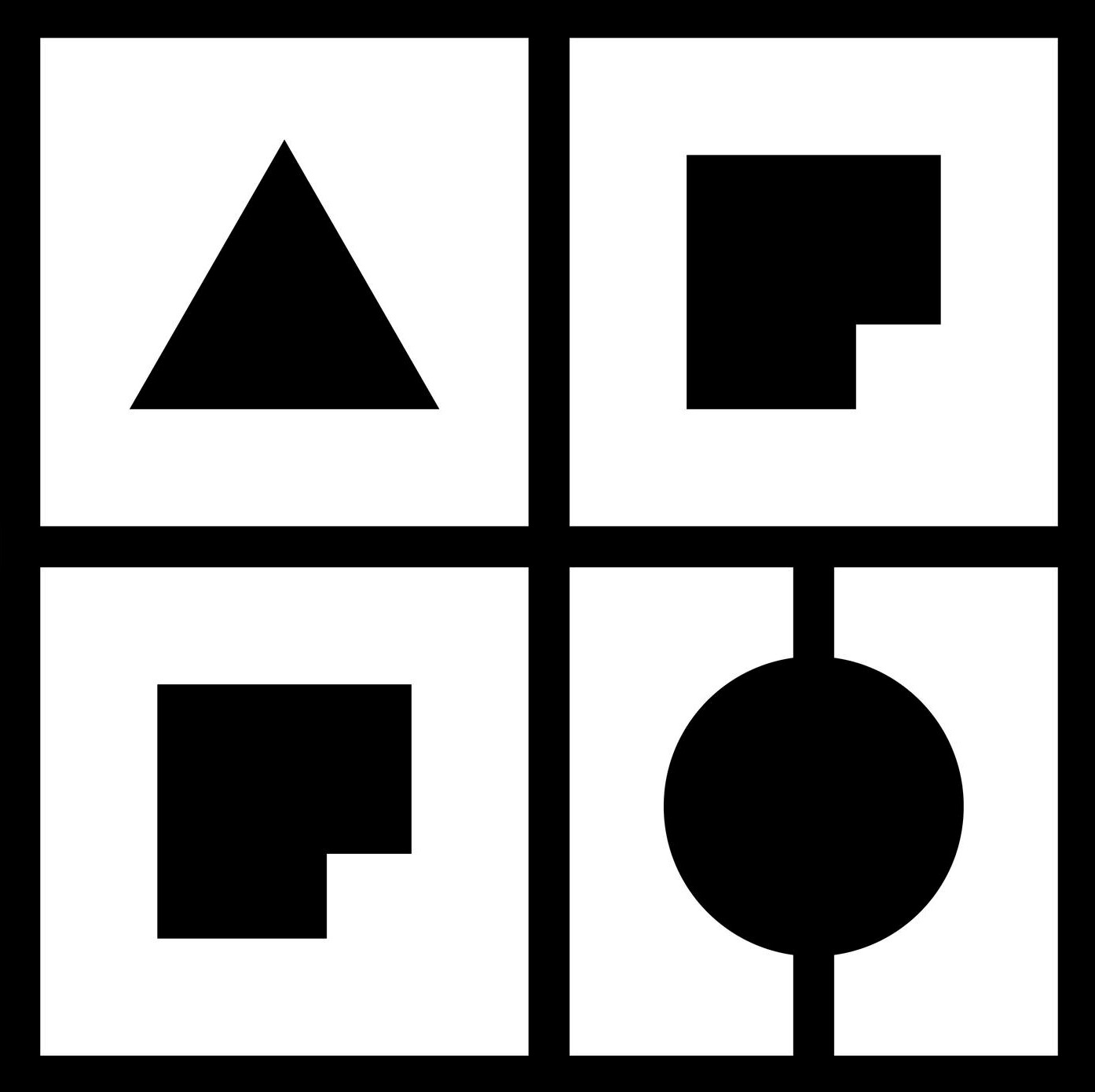OA07UT - Urbanism techniques
| Course specification | ||||
|---|---|---|---|---|
| Type of study | Bachelor academic studies | |||
| Study programme | ||||
| Course title | Urbanism techniques | |||
| Acronym | Status | Semester | Number of classes | ESPB |
| OA07UT | mandatory | 3 | 1П + 2В | 4.0 |
| Lecturers | ||||
| Lecturer (for classes) | ||||
| Lecturer/Associate (for practice) | ||||
| Condition | Облик условљености | |||
| Urbanism fundamentals 2 | Prerequisite obligations from the course Urbanism fundamentals 2 completed | |||
| The goal | ||||
| The objective of the course is to familiarize the students with the basic elements and techniques of designing and organizing open public spaces, and to set the basis of knowledge in the field of urban design. More precisely, the aim is to introduce students to the methods and techniques of urban analysis in the domain of physical and visual structure of the city, especially its functional and form aspects and their mutual relations. The course is a fundamental preparation of students for the problem of the complexity of urban environments and the challenge of creative practical application of new tools in the field of urban design. | ||||
| The outcome | ||||
| The learning outcomes of the course are: 1) Mapping and analysis of spatial characteristics of urban space, such as the geometry of the urban matrix, the urban density, the shape of the street front and profile; 2) Mapping and analysis of functional characteristics of urban space, such as functional diversity, spatial distribution of functions, functional compatibility; 3) Mapping and analysis of built structures in relation to natural characteristics, such as degree of sunlight, ventilation, terrain morphology; 4) Defining the concept of urban design of open spaces based on spatial analysis and recognition of their mutual relation; 5) Design of the network of pedestrian and automobile communications in the segment of urban space; 6) Design of the traffic concept by application of the knowledge of technical and dimensional parameters. | ||||
| Contents | ||||
| - Analysis techniques in the context of urban design; - Historical context of urban forms; - Analysis techniques for the understanding the relationship between natural conditions and the built environment; - Urban form analysis techniques; - Analysis techniques for the understanding the characteristics of pedestrian and automobile networks and flows in the urban areas; - Details of communication networks in the context of urban design. | ||||
| Methods of teaching | ||||
| Teaching methods are multimedia lectures, field reconnaissance, active participation in exercises through the production of graphic studies, independent analysis of relevant literature, verbal defense of graphic works and spatial concepts. | ||||
| Literature | ||||
| ||||
| Облици провјере знања и оцјењивање | ||||
| - | ||||
| Посебна назнака | ||||
| - | ||||
